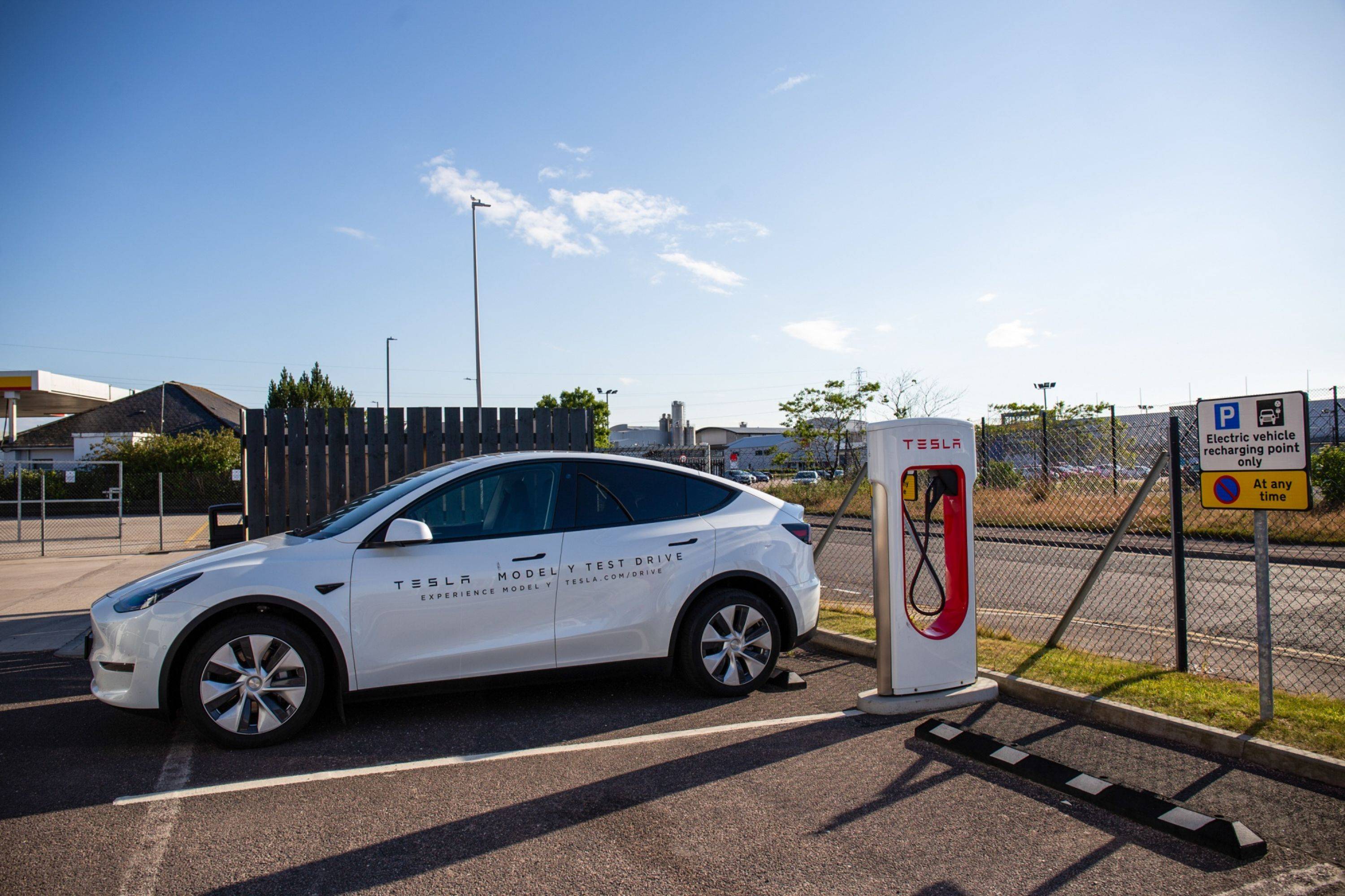When a Tesla Inc. battery caught fire at an energy storage facility that helps power California last week, critics were quick to pounce. Michael Burry of "The Big Short” fame, who called the mid-2000s housing collapse correctly, hit out at the EV maker.
Blaming Elon Musk’s firm for a bad battery misses the point, however. Instead, we need to ask whether lithium-ion powerpacks — typically used in consumer electronics and electric vehicles — should be used for such energy storage at all. Just because these work well on a small scale doesn’t mean they’re appropriate for large set-ups.
These big, stationary batteries are used to store energy from renewable and other sources, for use when demand is peaking and importantly, for grid stability. With a power crisis looming, these packs are being used more frequently. In California, for instance, they now contribute 60 times more to peak capacity than five years ago, which is more than nuclear and wind. In the U.S., installations tripled last year, while they are on the rise globally, too.

















With your current subscription plan you can comment on stories. However, before writing your first comment, please create a display name in the Profile section of your subscriber account page.